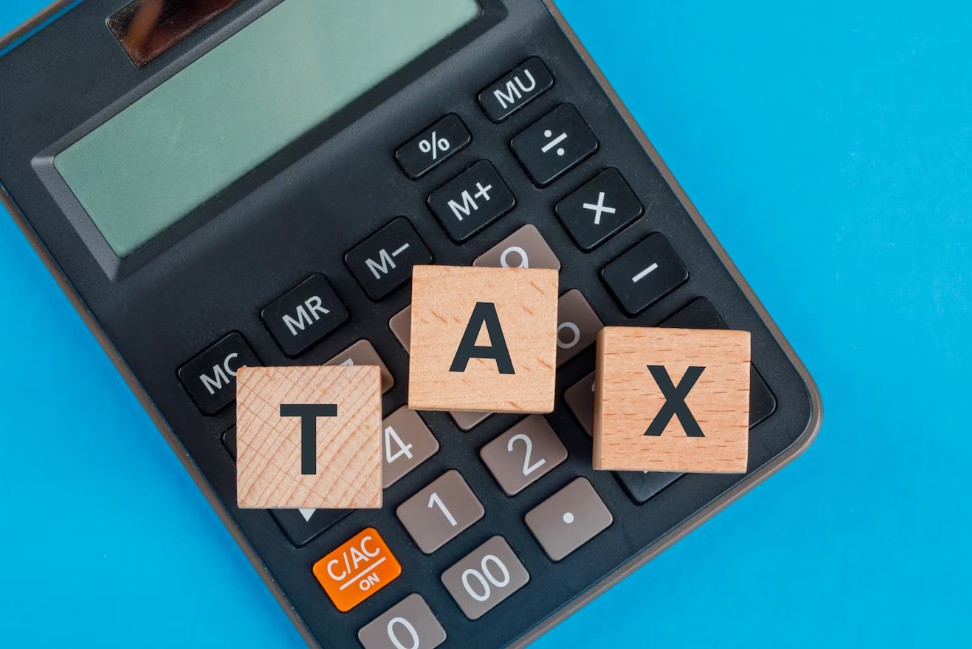Tax Saving Strategies for Small Business Owners
When running a small business, you are responsible for both generating sales and dealing with tax matters. Sadly, many small business owners end up overpaying their taxes because they do not take advantage of what’s available to them.
There’s plenty of positive news. A little attention and readiness can help you lower your tax cost and invest your savings into your business. In this article, let us show you the best ways small business owners can save on taxes and keep their earnings.
Why Tax Planning Matters for Small Businesses
Unlike salaried workers, small business owners can take advantage of many tax saving measures. At the same time, being flexible requires people to take more responsibility. If you neglect a tax strategy, you may discover:
- Overpaying income tax and GST
- Missing out on deductions
- Facing late filing penalties
- Running into cash flow issues
If you plan your taxes well, your company can avoid penalties and operate healthy financially. You can also use the extra money to invest back in your business, hire new staff or extend your company’s scope.
1. Choose the Right Business Structure
The legal structure of your business—sole proprietorship, partnership, LLP, or private limited company—directly impacts your tax rate and compliance burden.
- Sole Proprietors are taxed as individuals but have limited deductions.
- Partnerships/LLPs enjoy pass-through taxation but require proper documentation of expenses.
- Private Limited Companies can take advantage of corporate tax rates, which may be lower in some cases, and benefit from specific tax incentives.
If your business has grown significantly, consult a tax advisor to see whether restructuring could lower your overall tax liability.
2. Track and Claim All Business Expenses
One of the simplest but most powerful tax-saving strategies is accurately tracking business expenses. You can deduct a wide variety of costs from your taxable income, such as:
- Rent for office or co-working space
- Utility bills
- Business travel and lodging
- Equipment purchases
- Software subscriptions
- Internet and phone bills
- Advertising and marketing expenses
- Professional services (lawyers, accountants)
Keep every receipt, and consider using accounting software like QuickBooks, Zoho Books, or Tally to stay organized year-round.
3. Deduct Home Office Expenses
If you work from home—even part-time—you may be eligible to claim home office deductions. You can write off a portion of:
- Rent or home loan interest
- Electricity and internet
- Repairs and maintenance
- Property tax (pro-rated)
To qualify, a specific area of your home must be used regularly and exclusively for business. Be sure to maintain proper records, and calculate square footage accurately.
4. Utilize Depreciation Benefits
Assets like laptops, office furniture, machinery, and vehicles lose value over time. The Income Tax Act allows you to depreciate these assets and claim the expense as a deduction.
For example, under Section 32 of the Indian Income Tax Act, you can claim depreciation on tangible and intangible assets depending on the category.
Accelerated depreciation or claiming additional depreciation (available to certain manufacturing sectors) can significantly reduce taxable income in early years of business.
5. Hire Family Members Strategically
One legal way to reduce your tax liability is to employ your spouse or children in your business and pay them a reasonable salary. Their income will be taxed separately and possibly at a lower rate due to income tax slabs.
This method:
- Lowers your overall business profit (and thus your tax liability)
- Helps in effective income distribution within the family
- Keeps wealth within the household
Just ensure that the employment and compensation are legitimate, and the family member contributes meaningfully to the business.
6. Invest in Tax-Saving Instruments
Many small business owners forget that personal tax-saving investments under Section 80C and beyond are still applicable:
- Public Provident Fund (PPF)
- ELSS Mutual Funds
- Life Insurance Premiums
- National Pension Scheme (NPS)
- Sukanya Samriddhi for girl child
You can claim deductions up to ₹1.5 lakh under Section 80C, and additional deductions under 80D (for medical insurance) and 80CCD (for NPS). These options provide both tax savings and long-term security.
7. Pay Advance Tax Timely
If your total tax liability for the year exceeds ₹10,000, you’re required to pay advance tax in four installments (June, September, December, and March). Failing to do so may attract interest under Section 234B and 234C.
Advance tax payments:
- Prevent interest penalties
- Help spread tax payments throughout the year
- Improve your financial planning accuracy
Set reminders or automate calculations with your accountant to avoid surprises.
8. Separate Business and Personal Expenses
It’s a common mistake: using one bank account or credit card for both business and personal transactions. This makes it difficult to justify deductions and increases the chances of scrutiny during audits.
Maintain separate bank accounts and payment instruments for your business. This not only streamlines accounting but also builds financial discipline and credibility.
Conclusion
Taxes don’t have to be a burden. With the right knowledge and proactive planning, you can minimize your liabilities, free up cash, and reinvest in growing your business.
From choosing the right business structure and claiming every available deduction to using family income and investing in tax-saving instruments—smart tax planning is a cornerstone of smart business.
Don’t wait until the last minute or treat tax season like a formality. Make tax-saving a year-round strategy, and watch your small business become financially stronger and more resilient.





